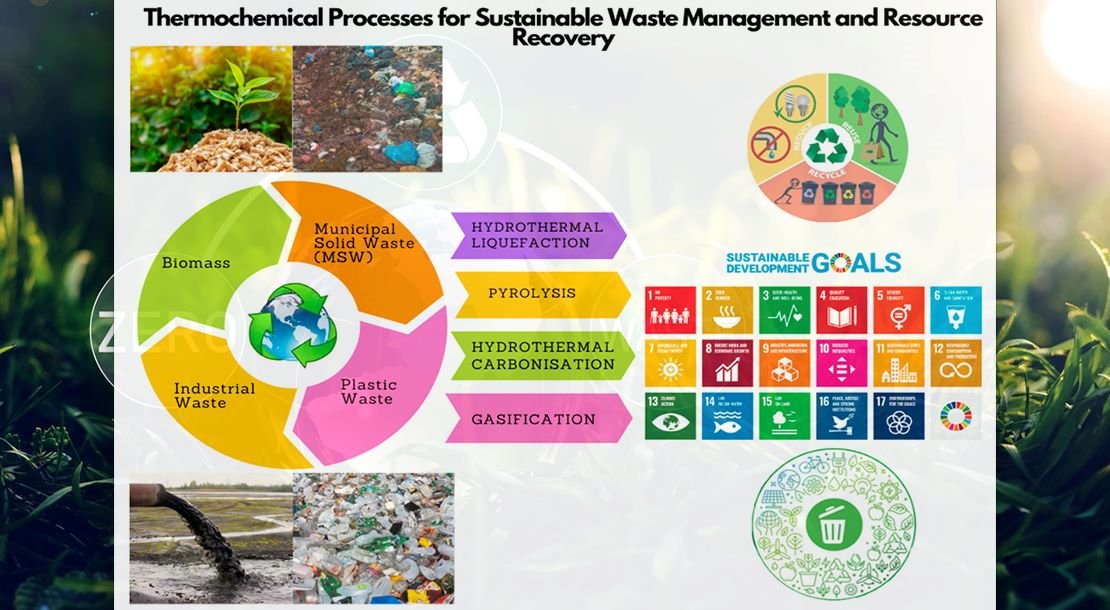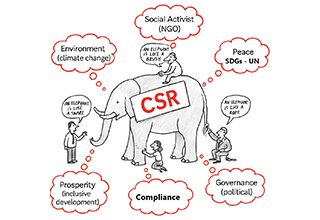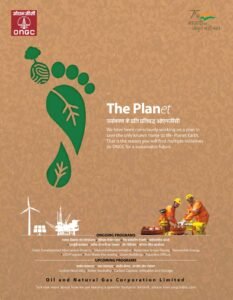ARCHIVE
CHANGING TIMES CHANGING ROLE OF PUBLIC SECTOR UNDERTAKINGS
Public sector Enterprises are now slowly trying to exit areas where it is not competitive and drain on resources and public exchequer.
At the time of independence in 1947, India had just five central public sector enterprises with an investment of mere Rs 29 crore. Besides, perhaps India had fairly reasonable network of railways and extensive Posts and Telegraph covering the entire country to serve the British masters. Today India has 320 central public enterprises with investment of around Rs 12 lakh crore. As many as 165 CPSEs earned a net profit of about Rs 1.5 lakh crore and 78 CPSEs, a net loss of Rs 29,000 crore. There is, perhaps, double the number of state public enterprises. The statistics is sketchy with regard to total number of state public enterprises and their investments. But indication is that there are at least 1000 state public enterprises with investment of Rs 4-5 lakh crore. That apart there are central and state corporations, particularly, by way of railways, state road corporations, posts and so on. Investments in them run in to several lakh crores of rupees. So it is clear that Public Sector Enterprises formed the backbone of industrial development of the country in Independent India. Of course, its role has been changing with the changing time. Initially its role was to help create the much needed industrial base and infrastructure apart from bringing about price stabilization and socio-economic development. They were also engine of growth in true sense of the term. PSEs contributed greatly to job creation by adopting labou-intensive techniques in the early part of independence, nationalization of sick textile units and setting up ancillary industries around major units subsequently. With the economic liberalization in 1991, its role changed to take on competition including global. This included reduction in jobs as a result of modernization and to improve efficiency.
SAIL for example, which employed over two lakh workers to produce less than 10 million tonnes of steel in the past, employs just 80,000 workers today and produces much more. But even today it has surplus employees. It has seven times more employees than Tata steel for per tonne of steel production. This is one of the major reasons for some of the public enterprises still being inefficient. Some other companies like Life Insurance Corporation of India, which enjoyed monopoly status after nationalization in the 1950s, took on competition well after Insurance sector was opened up to private players in the late 1990s. Public sector enterprises are now slowly trying to exit areas where it is not competitive and drain on resources and public exchequer. Air India is a very good example. Civil aviation was nationalized in the 1950s. Only government was allowed operate airlines particularly for security reasons and to serve social goals like operating in routes which are not profitable but important from social point of view. With opening up of the aviation sector to private players, Air India is just not able take on competition partly because of over-staffing, inefficiency and mounting debt burden due to which government is forced to bail out from public exchequer.
But none can deny the fact the Public sector played a key role all along in nation building. In the early years of independence, Public sector got into areas of basic and heavy industries where private sector would not venture into as they did not have the financial muscle or wherewithal. In fact 1948 industrial policy encouraged private sector more. But when private sector was not forthcoming in adequate number and in areas where investments are needed, the government modified the industrial policy in 1956 to give more prominence to public sector in the industrial development of the country.
This ensured that there was balanced growth. Public sector also helped in removing regional imbalances, development of infrastructure, townships and remote areas. Subsequently Government was forced to nationalise some sick units particularly in textiles industry to protect the interest of worker. It even had to start manufacturing bread to bring about price stabilization in an era of shortages. Food Corporation of India was set up to improve storage facilities and create buffer stock due to which India is surplus in food production. But the organization has now outlived its utility and it is time it is dismantled as was done in Mexico and perhaps continue only in eastern India where procurement is still a problem as green revolution has not spread far and wide there. In fact it is time for government to exit in several areas, particularly in services sector excepting in railways and telecom where privatization has not worked in many countries. Also there is some strategic interest involved in these two sectors. In case of Hotel industry, Public sector came into being when private sector was not forthcoming in an era of controls. Today it should exit totally as private sector does better in this sector. So also should Air India as private airlines have shown the way how airlines can be run efficiently. Rightly government has taken a call to go for strategic sale of Air India. Modi government has adopted right philosophy with public sector enterprises. Divest government stake in many areas including banking to the extent of 49 per cent and retain control to fulfill social, economic and strategic consideration.
Secondly, it had decided to carry out strategic sale like Air India to improve efficiency and save taxpayers money in bailing them out year-after-year. Thirdly it has decided to exit from areas where private sector can do a better job. In case of sick undertakings, it will try to go for outright sale if attempts to revive failed. The government has also chalked out plans to utilize the huge land available with public sector companies for setting up more units, utilizing huge cash of over Rs 6 lakh crore piled up with profit-making public sector enterprises. In the oil sector in particular, public enterprises are doing extremely well earning profits even in an era of falling global oil prices. In sum, it is clear there no one-size-fit-all solution to the woes of public sector enterprises and rightly Modi government has adopted multi-pronged strategy to deal with the issue.


















